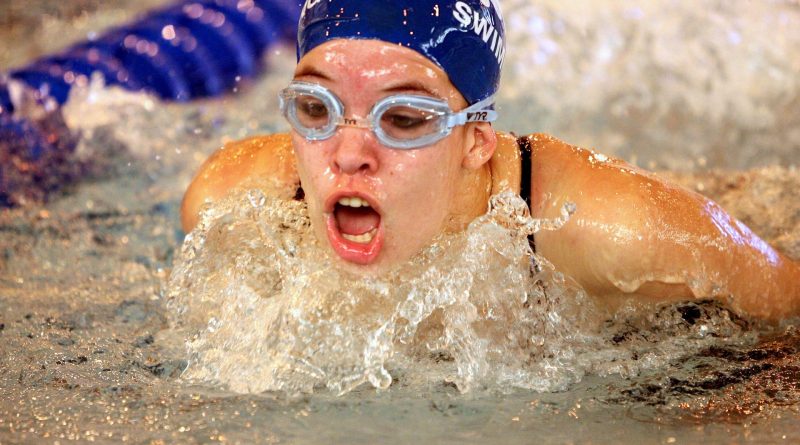Finding your feet and aspects of balance in the water
Try the following set of maneuvers for recovering your footing in the shallow end of a pool. This procedure is particularly important for beginners and those who lack confidence in recovering an upright position in shallow water after a glide.
Breathing presents a challenge to maintaining good orientation in the water. If we were able, like seals or dolphins, to submerge ourselves for extended periods without breathing, it might be easier to maintain a balanced head-neck-back relationship. But we need to inhale through our nose or mouth more regularly. Because this means our face must surface above the water, learning to incorporate it into our stroke without interfering with good orientation is an important aspect of the art of swimming. Attempts are often made to side-step this problem.
Medical professionals, even while recommending swimming for health, sometimes advise against swimming breaststroke or front crawl for this reason. But the backstroke has its own complexities for maintaining good orientation. Some people think snorkels are the answer, but that merely limits the possibilities of the swimmer’s art. In fact, it’s far more rewarding to meet the challenge creatively, and thereby expand rather than curtail your experience of swimming. There’s great pleasure in discovering that it’s possible to swim all the strokes and breathe well, without the use of props.
Good orientation in the water requires a continuous, flowing sense of balance. As we use our limbs to propel us through the water, the point of balance changes constantly. Holding the head in a fixed position interferes with this dynamic process. The point of balance at any one time depends on the relative positions of the various parts of the body, which are constantly changing as we move. One of” the keys to discovering the art of swimming is a keen awareness of the delicate balance of our bodies in the water. Such awareness provides the basis for ease and grace of movement, the distinguishing mark of the accomplished swimmer.
The body has a natural symmetry. Its weight is more or less equally distributed on either side of the spine. When we swim, the use of our limbs can either impede or assist the maintenance of our natural balance. If we pull harder with one arm without noticing it, we not only affect our ability to swim in a straight line but disturb our overall poise. Similarly, uneven or uncoordinated use of the legs, which can be observed in swimmers who exhibit a ‘screw-kick’ in the breaststroke, reduces our control of how we move through the water.
In addition to these aspects of lateral balance, our body needs to find a dynamic equilibrium along its length. As with a see-saw, the weight of the head acts as an effective counterpoise to the downward pressure of the pelvic area. If we let go of our neck muscles when we lie face down on the water, our head naturally tends forward under its own weight. Rather than resist this tendency, we should learn to allow it to work in our favor when we swim.


